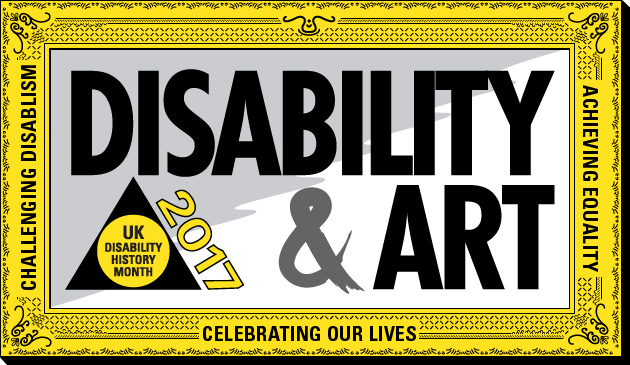I spend a lot of time thinking about and discussing the ‘solutions’ to the various diversity and inclusivity challenges we face as employers and educators. Regardless of who I’m talking to or what I’m reading, the one thing that remains consistent in these discussion is that we need great leaders to create and sustain environments that people want to work in. The kind of work environment that gets you out of bed in the morning.
For me, this means having sense of purpose and feeling as though I’m adding real value – doing real good to ‘change the world’ to make it a fairer place. Working somewhere that has that purpose and with people who share my values is important. That’s what gets me out of bed with a spring in my step.
What also keeps me going is working with leaders that I respect, and given that Diversity & Inclusion will be working closely with some senior leaders in the coming weeks. We will be briefing College Council, the governing body of King’s, on our work in race equality and disability inclusion, and engaging the Senior Management Team in Structural Inequality Training.
This level of commitment form those in such senior positions is heartening and leads me to reflect on what it takes to make a leader that I respect? What characteristics, skills and abilities make for good leadership in the book of Guerra?
- Self-awareness is the cornerstone of good leadership for me. We emulate the behaviour of those we look up to. Leaders set the tone and standards of behaviour and are also role models rather than negative influences. Lessons in empathy and understanding yourself as well as your impact is one of the essential steps anyone can take in developing their leadership style.
- Dealing with uncertainty whilst creating a vision – this leads people to understand how they influence and persuade others and so enable them to consistently perform well. Part of a leader’s job is to create an environment that enables and inspires people to use their energy and ability create personal, team and organisational success. That means leaders need to deal with uncertainty, find a path for themselves through complexity and a labyrinth of conflicting priorities. To do that they have to have a clear view of a future state they are aiming for and galvanise their own enthusiasm and commitment to achieve success.
- Involve others – good leaders recognise they don’t know everything and know they need to work with others and ask for support , listen to answers, join the dots and giving credit generously. Leading is about fostering relationships to achieve mutual goals, which can only work when both parties are honest and transparent. That involves taking responsibility for communicating and being open with those they work with. Communication is a two-way street. It’s so important to get to ‘know your people well’ – paying attention and taking the time to listen and learn from those they are leading.
- Inspire and persuade – Those who lead should inspire and persuade through their interactions, rather than relying on status. The create genuine engagement and commitment in others rather than blind acceptance.
- Be honest – No one can get things right all the time and good leaders are no exception. Recognising when things go wrong and taking responsibility, being open and showing you have learnt from them is a key leadership behaviour.

